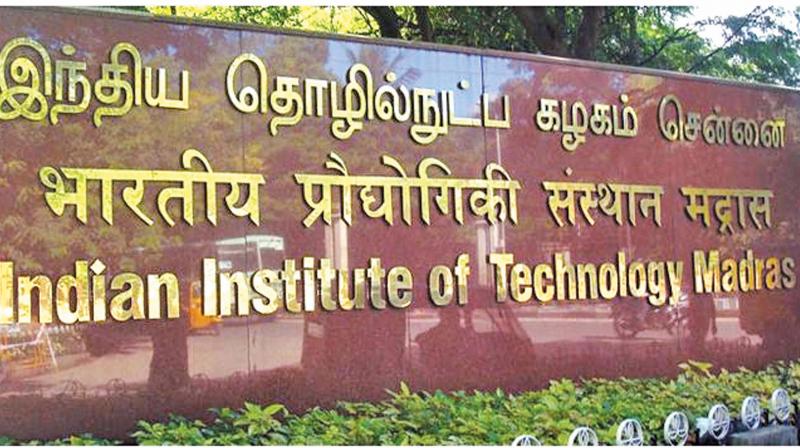IIT researchers study variations in monsoon rainfall
Reasons for unusual pattern remain unclear.

CHENNAI: With the country grappling with severe water crisis, researchers from Indian Institute of Technology Madras and Indian Institute of Technology, Bombay have begun studying the rainfall pattern during Indian summer monsoon period for the past century , thereby gaining crucial insights for framing long-term water management policies of the country.
The research team comprised Dr Subimal Ghosh and Dr Subhankar Karmakar from IIT Bombay, Dr K.S. Kasiviswanathan, Dr K.P. Sudhir and Dr Sachin Gunthe from IIT Madras along with their research students. The team was supported by the Max Planck Partner Group at IIT-Madras, department of science and technology, government of India, and ministry of earth sciences, government of India.
The Indian monsoon rains which fall between June and September contributes to approximately 80 per cent of the annual total rainfall of the country. It plays a decisive role in the country’s agricultural output with sixty per cent of the nation’s agriculture depending upon monsoon rain for irrigation. With agriculture accounting for eighteen per cent of India’s gross domestic product this also plays a major role in the nation’s economy.
For their study, the research team used recorded rainfall data and simulation studies. The team found that monsoon has grown more unpredictable than before at the meteorological level. Through the analysis of historical data and simulation studies, the team seeks to solve this problem.
Dr Subimal Ghosh of IIT Bombay said, “The results of the investigations were intriguing and contradictory to common belief.”
It is common knowledge that geographic variation of extremes in rainfall occurs due to convection - the movement of moisture-laden hot air upwards, followed by cooling at higher altitudes and shedding of the moisture as rain. Convection-based rains would mean that regions, where there is excess moisture in the air, should experience more rainfall. This, however, was not seen in the rainfall pattern analysed by the research team.
This observation is important because it contradicts the traditional notion of dry areas becoming drier and wet areas becoming wetter in response to climate change.
The researchers caution that the reasons for the unusual pattern of rainfall remain unclear and rigorous hypothesis-driven models and process studies are required. The observations by the IIT Bombay-IIT Madras team would undoubtedly serve as a launchpad for future scientific investigations on the root causes of regional vagaries of rainfall. Concerted and logical approaches based on these observations would greatly benefit national-scale climate-water adaptation and regional preparedness.
Their work has been published in the reputed peer-reviewed journal PLOS.

